I’d had really good luck with the Zony 55 (official name: Carl Zeiss 55mm f/1.8 Sonnar FE) on the a7R, and I expected superlative results on the less-demanding a7. Just to make things interesting, I compared the combination to the Leica 50mm f/1.4 Summilux-M ASPH on the M240. In some ways, it’s a fair comparison: same pixel count, same pixel pitch, both “normal” lenses. In one big way it’s not: the Leica gear sells for more than four times the price of the Sony/Zeiss assembly. Also, the M240 does not have an anti-aliasing (AA) filter, and the Sony does, which should tilt things in favor of the Leica.
I picked this scene (shown with the a7):
I mounted the cameras to a Gitzo GT3541XLS tripod, with a Linhof ball head and RRS L-plates. I focused both cameras wide open. It is much easier to critically focus the a7, first because the live view is so much better, and second because the Zony focus-by-wire technology makes it easy to make small tweaks to the focus, where just touching the Summilux focus ring with intent to turn it can make it go too far. I really disliked the Sony focus-by-wire feature when I first encountered it on the NEX-7/Zony 24mm combination, but the software has come a long way.
I set the ISO to 200 for both cameras. 200 is the base ISO for the M240, but you could argue that I was stacking the deck against the a7 by not using 100, which is its base ISO. I set the Zony 55 to f/2, and the shutter to 1/8000, made an exposure using the 2-second self-timer delay, stopped down the camera one stop and slowed the shutter one stop and made another, continuing until I got to f/16 and 1/125. Then I turned off live view (to eliminate shutter wind shock) and did the same thing with the Leica, omitting the f/2 exposure because the fastest Leica shutter speed is 1/4000.
I “developed” the images in Lightroom with default settings except for selecting daylight white balance. I exported them all to Photoshop as layers, labeled the layers by camera and f-stop, and made a crop with the centers aligned and one with the upper left corner aligned. The shorter focal length on the Summilux meant that the corner crop from that lens was less off-axis than the crop from the Zony 55, which biased things slightly in favor of the Leica.
The Leica sensor is somewhat less sensitive than the Sony’s when set to the same ISO. I did not correct for that in post. The color balance of the two sensors, as interpreted by Lr, is also different, with the a7 appearing greener. I didn’t fix that either.
I enlarged the crops that you’re seeing here by a factor of two using nearest neighbor, so that each pixel in the original images becomes a square of four identical pixels. I did that so that the pixel structure would survive the JPEG DCT compression that I must use for the web.
In the center, by f/5.6, both lenses are resolving detail at the resolution of the sensors, but the Sony 55 delivers more contrast at high spatial frequencies.
Here’s the Leica image at f/5.6:
And the Sony image at the same f-stop:
f/8 is about the same as 5.6 on both cameras. At f/11 the Zony is starting to soften due to diffraction, but the Summilux is only marginally affected. At f/16, images from both lenses are soft.
In the upper right corner, at f/2, there’s some light falloff with the Zony 55, but it’s mostly gone by f/2.8. At f/2.8, the Zony 55 shows some pretty impressive corner sharpness:
At the same aperture, the M240 shows pronounced smearing:
At f/5.6, the Zony is as good as it’s going to get:
At the same aperture, the Summilux has improved markedly, but it’s still not a match for the Zony:
The Leica improves a bit at f/8, bringing it and the Sony into a virtual tie, which continues as the lenses are stopped down further.
I have noted before that my copy of the Zony may be an especially good one, but this is a great example of the a7/55 Sonnar punching above its weight.
As always, anyone interested in seeing the complete Photoshop layer stacks should contact me.
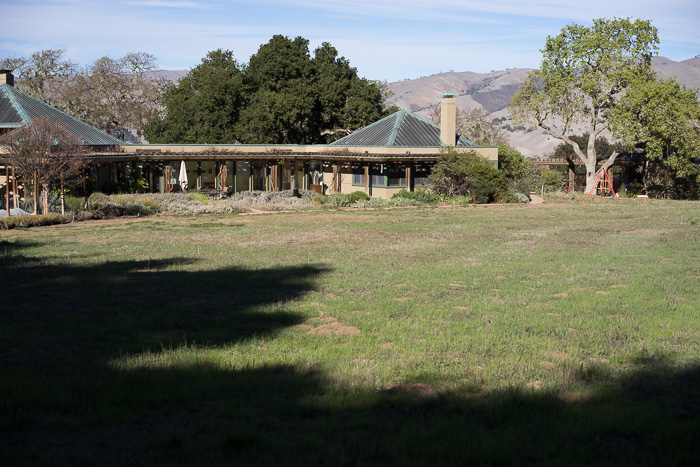
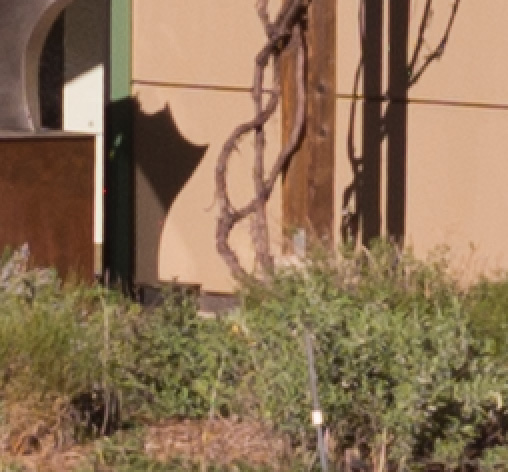

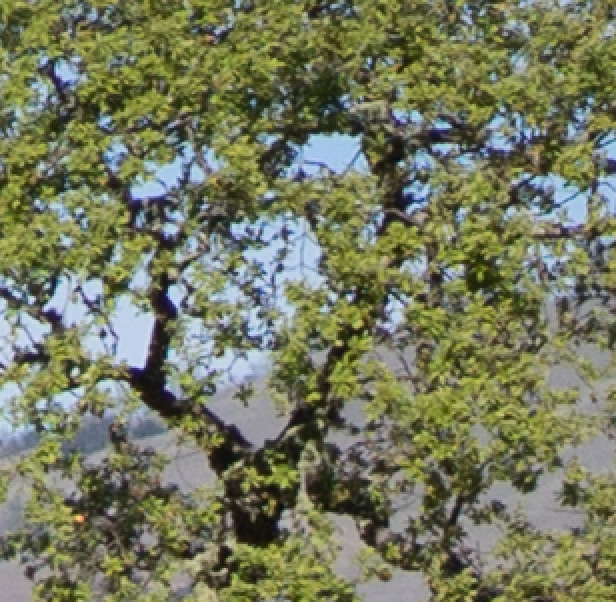
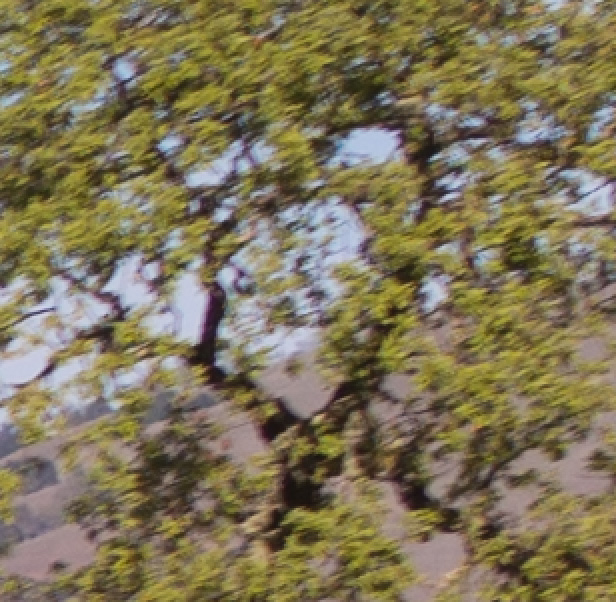
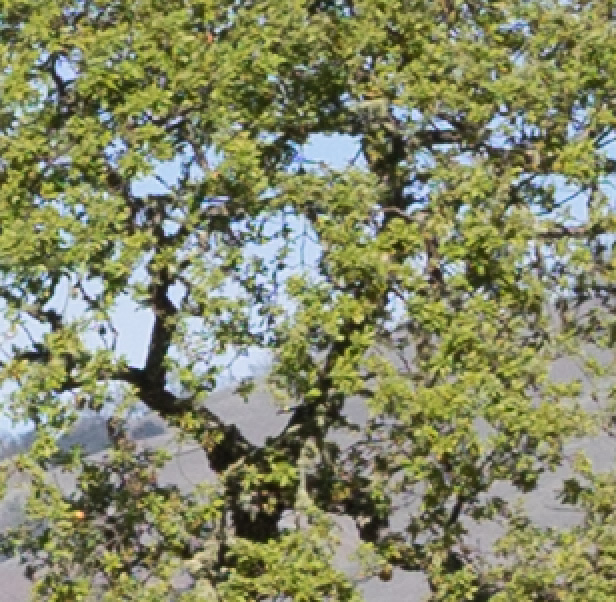

Why would 200iso “stack the deck” against the Sony if it is iso less?
ETTR at an ISO a stop over the base ISO isn’t really ETTR, it’s ETTsortaR. So setting the ISO to 200 on the a7 means that you can’t use the topmost (and most noise-free) stop of the sensor’s dynamic range.
Jim
Got it. Remedial class is playing catch up! Appreciated.
No problem. In the digital era, we’ve had to unlearn everything we knew about exposure.
Thanks to you, I’m doing a little write up on this subject. I’ll post it in the next fifteen minutes.
Jim
What is Zony ? 🙂
Sony/Zeiss